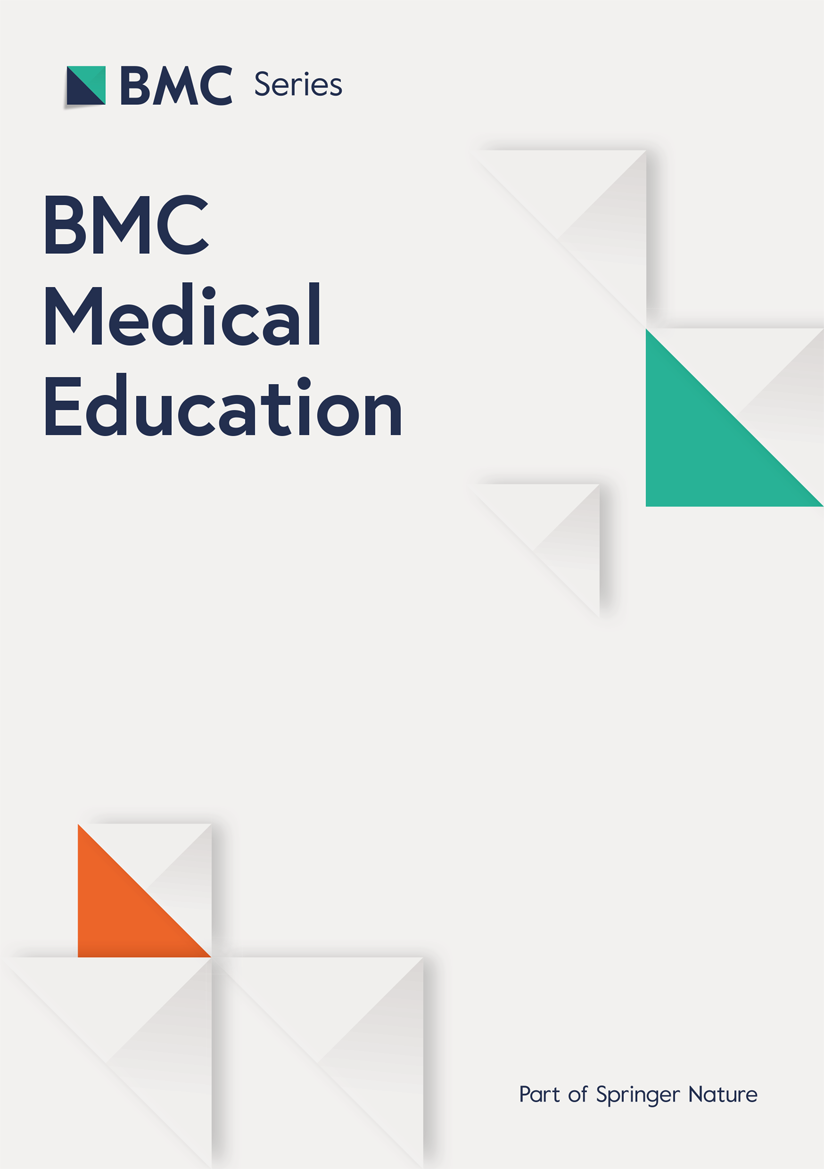Table of Contents
Understanding Trends in Medical Residency Choices: Insights from Recent Studies
Recent studies aimed at understanding the choices of medical residents during their training reveal intricate factors influencing career paths in specialties like internal medicine, infectious diseases, and critical care. As reported in the Specialties Matching Service 2020 Appointment Year conducted by the National Resident Matching Program, these findings highlight the evolving landscape of medicine and the implications for future medical practices.
Analyzing the Resident Selection Process
The transitions that internal medicine residents make throughout their training—including decisions on pursuing fellowships or opting for different specialties—have been intricately studied across various research articles. Significant revelations stem from Bonura et al. (2016), who explored the factors influencing resident choices between infectious diseases and other specialties. The study indicated heightened interest in infectious diseases correlated with varied aspects of medical training and mentorship experiences.
Key Findings from the Studies
-
Changes in Career Choices: A notable study by West et al. (2006) identified pivotal moments during residency when physicians reassess their career trajectories. This introspection can stem from hands-on experiences and mentorship that shape their interests.
-
Fellowship Decisions: In military settings, Barsoumian et al. (2018) examined how military internal medicine residents decide whether to apply for fellowship programs, weighing their commitment to military service against career aspirations.
-
Specialty Preferences: Jhaveri et al. (2013) conducted a survey among internal medicine subspecialty fellows, questioning why certain lucrative paths, such as nephrology, are often overlooked by new graduates.
-
Education’s Role: Rohan-Minjares et al. (2015) emphasized the role that medical school curricula play in promoting interest in family medicine, suggesting that increased exposure can lead to higher rates of selection in that specialty.
- Predictive Factors for Success: Several publications shed light on how pre-recruitment achievements affect residency performance. For example, Chen et al. (2017) analyzed the correlation between academic success before recruitment and clinical performance in anesthesiology.
Hands-on experience, educational background, and mentorship clearly intertwine to shape the pathways that aspiring doctors choose. These decisions are not merely personal but reflect broader trends in healthcare needs and workforce distributions.
The Implications for Medical Education
As the healthcare industry consistently evolves to meet the demands of an aging population and a growing number of complex cases, the implications of these studies extend beyond individual career choices.
-
Strategic Focus on Specialties: Institutions are encouraged to design residency programs that increase exposure to in-demand specialties, preparing future graduates to fill crucial roles in critical care and other underserved areas.
-
Long-term Workforce Planning: With the projected shortage of healthcare professionals, particularly in critical fields, fostering interest in critical care and other specialties is paramount. Halpern et al. (2013) addressed the intensivist shortage and the image that specialties portray to potential residents.
- Improving Selection Processes: Enhanced understanding of what attracts residents to certain specialties can help residency directors refine their selection criteria, ultimately boosting applicant quality and retention rates.
Engaging the Medical Community
Residents, educators, and industry professionals alike are beckoned to forge a collaborative environment to enhance the training framework, ensuring that future doctors are well-equipped to tackle the evolving challenges of healthcare.
As we reflect on these findings, medical professionals and supporters are invited to engage further. Share your thoughts on how we can better support specialty interest among new graduates or explore what mentorship strategies you believe are most effective.
By continuing the conversation around these insights, we can create a more informed and responsive medical education system that meets both the needs of our healthcare providers and their patients. What are your thoughts on the current trends in residency choices? Join the discussion below!
Question 1: Dr. Susan Smith, a renowned authority on internal medicine residency programs, and Dr. Henry Johnson, an expert in medical education, join us today to discuss the recent trends in medical residency choices and their implications for the healthcare system. Dr. Smith, could you share your insights on how the job market and healthcare demands influence residents’ career choices today?
Dr. Susan Smith: Absolutely! As we know, the healthcare industry is constantly evolving to meet the demands of an aging population and a growing number of complex cases. As a result, there has been a shift in resident career choices, with more interest in critical care and related specialties. This trend started emerging after the 2003 SARS outbreak and has only intensified since then. Residents are now more aware of the crucial role these specialties play in addressing public health crises, including the current COVID-19 pandemic. However, it’s essential to note that these decisions are also influenced by their own unique backgrounds and training experiences.
Question 2: Dr. Johnson, how do you think medical schools can better prepare students for residency choices and the realities of practicing medicine?
Dr. Henry Johnson: I believe that medical schools play a pivotal role in shaping students’ career choices. By offering diverse clinical experiences and exposing them to different specialties early on, we can foster an interest in underrepresented fields like infectious diseases and critical care. For example, Rohan-Minjares et al. (2015) found that increased exposure to family medicine during medical school led to higher rates of selection in that specialty. Furthermore, mentorship programs can have a significant impact on students’ decisions. Bonura et al. (2016) revealed that positive mentorship experiences influenced residents’ choices between infectious diseases and other specialties. Schools can consider implementing more robust mentorship programs that allow students to connect with physicians in various specialties, giving them a better understanding of what each path entails.
Question 3: Interesting! Dr. Smith, could you expand on your earlier point about the role of mentorship in shaping career choices?
Dr. Susan Smith: Absolutely. Studies have shown that positive mentor


